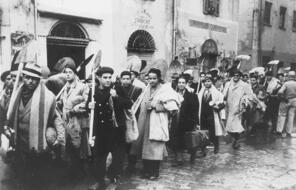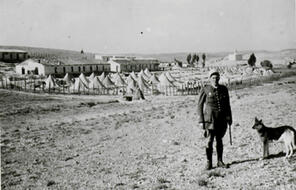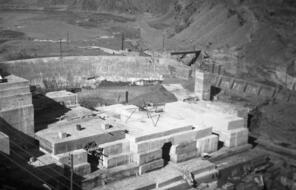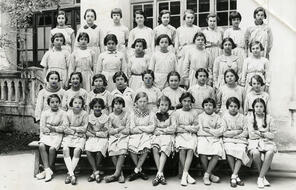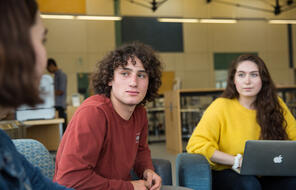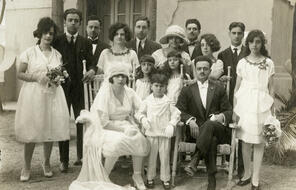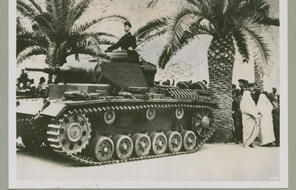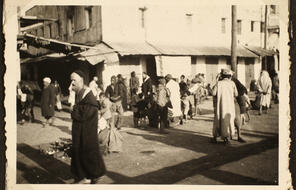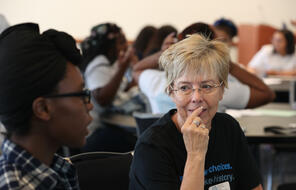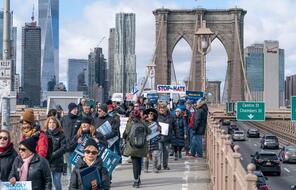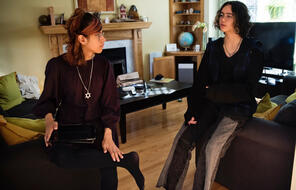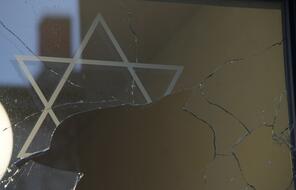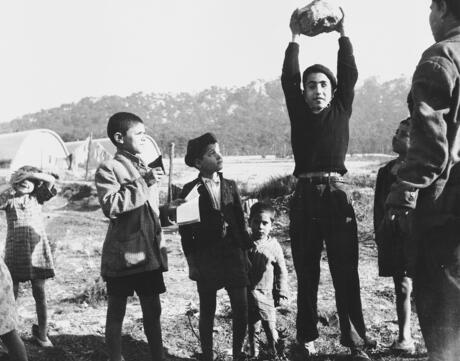
The Holocaust and North Africa: Resistance in the Camps
Duration
Two 50-min class periodsSubject
- History
- Social Studies
Grade
9–12Language
English — USPublished
Overview
About This Lesson
In previous lessons, students explored the diversity of Jewish life in North Africa, and they learned about the ways in which antisemitic legislation, occupation, and the onset of war impacted Jewish communities across the region. This lesson further expands the study of the Holocaust and wartime North Africa.
The readings in this lesson lift up the voices of North Africans who experienced the camps, with a particular focus on ways in which they resisted oppression. From Libyan and Tunisian Jews celebrating holidays in labor camps in the Sahara, to Algerian Muslims steadfastly committed to prayer in spite of the violent threats of a camp overseer, and finally to the child of Moroccan immigrants to France who was sent to Auschwitz with her mother, these stories convey aspects of the human spirit and decision-making in times of crisis.
As students process this challenging material, they will explore connections to the concept of human dignity and what it means to preserve or affirm dignity in the face of dehumanization.
Preparing to Teach
A Note to Teachers
Before teaching this lesson, please review the following information to help guide your preparation process.
Lesson Plans
Activities
Extension Activities
Materials and Downloads
Quick Downloads
Download the Files
Download allResources from Other Organizations
The Holocaust and North Africa: Resistance in the Camps
Responses to Rising Antisemitism and Antisemitic Legislation in North Africa
Contextualizing a Found Poem
Additional Resources
Unlimited Access to Learning. More Added Every Month.
Facing History & Ourselves is designed for educators who want to help students explore identity, think critically, grow emotionally, act ethically, and participate in civic life. It’s hard work, so we’ve developed some go-to professional learning opportunities to help you along the way.
Exploring ELA Text Selection with Julia Torres
On-Demand

Working for Justice, Equity and Civic Agency in Our Schools: A Conversation with Clint Smith
On-Demand

Centering Student Voices to Build Community and Agency
On-Demand



